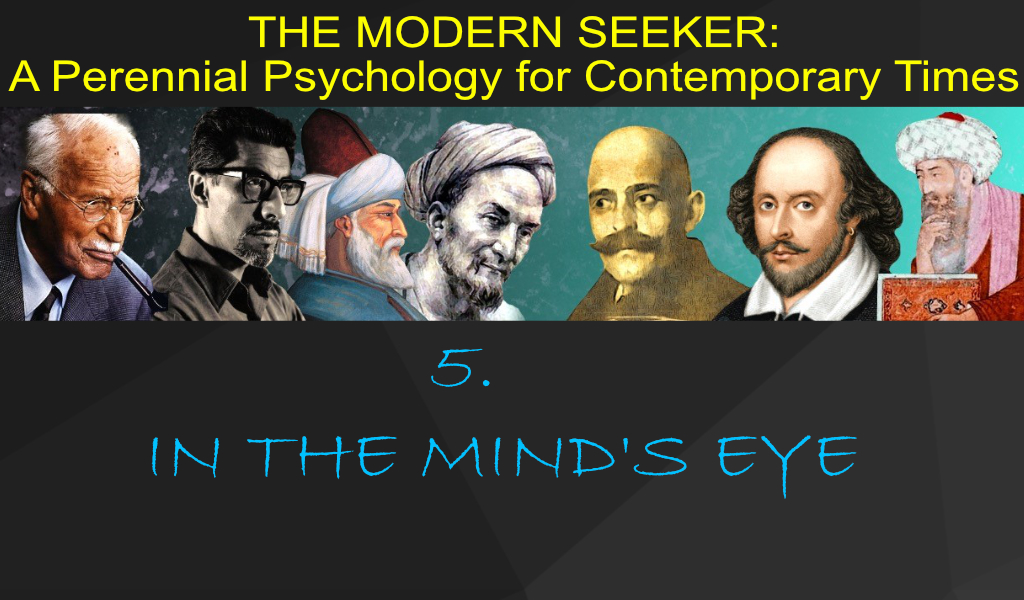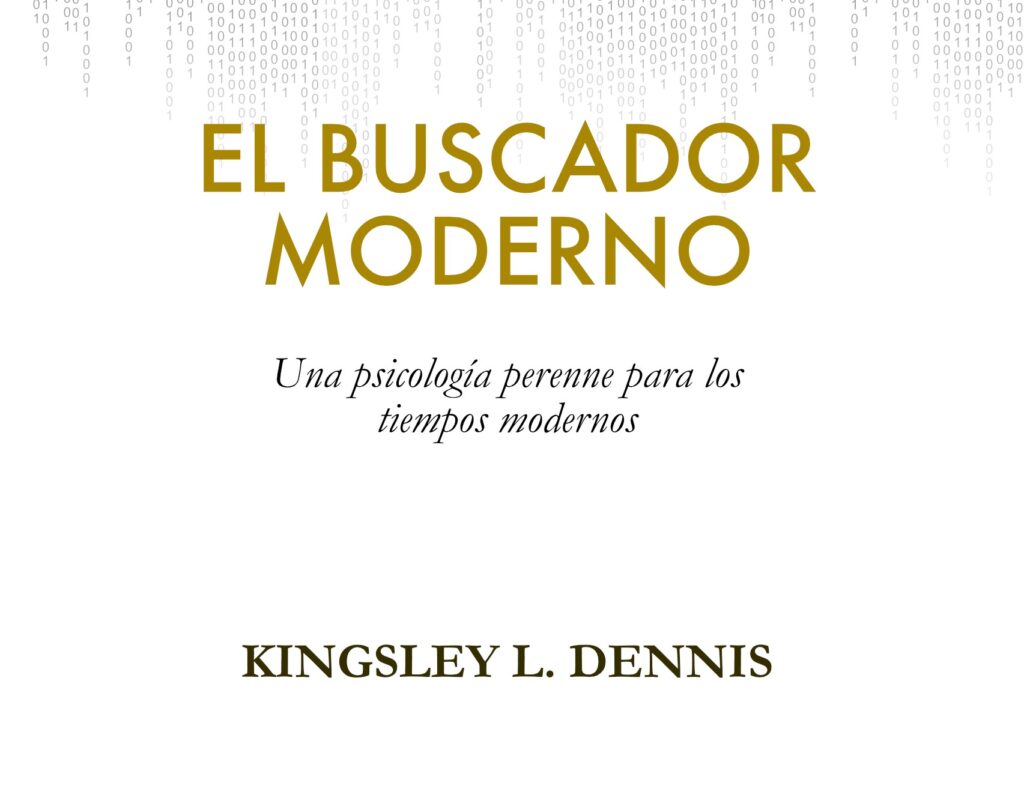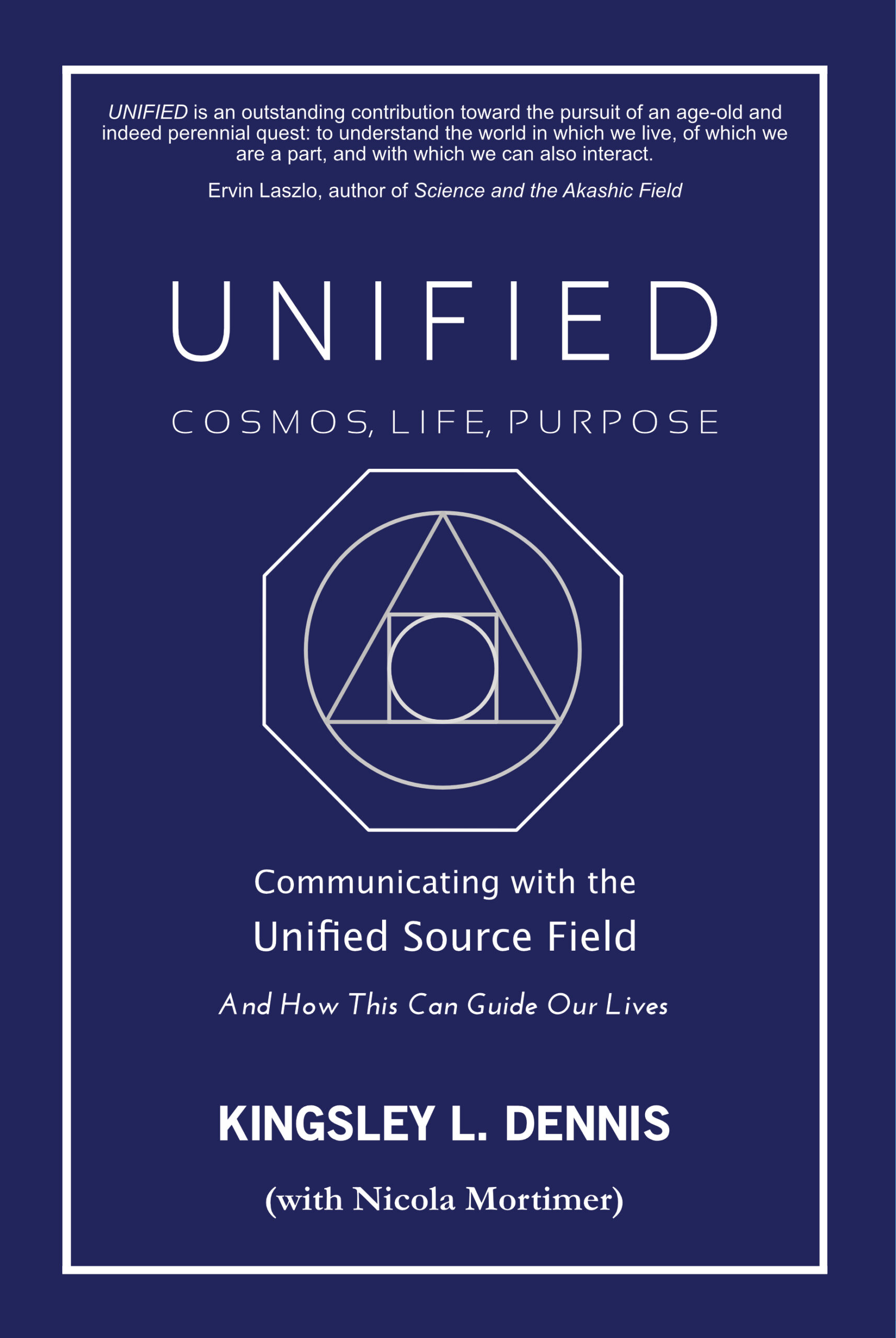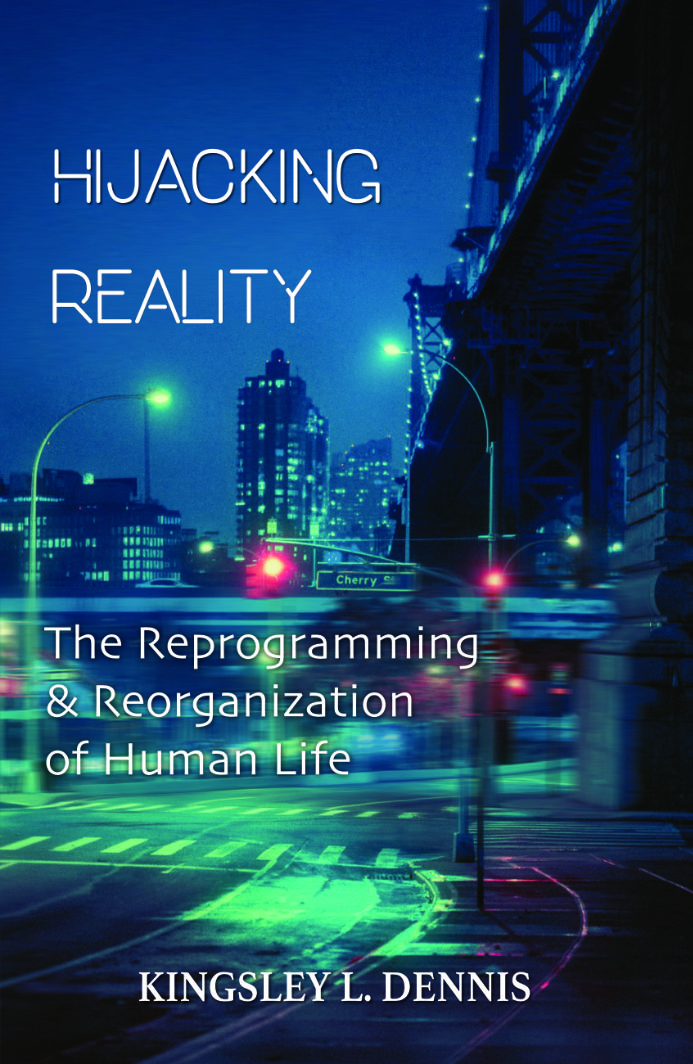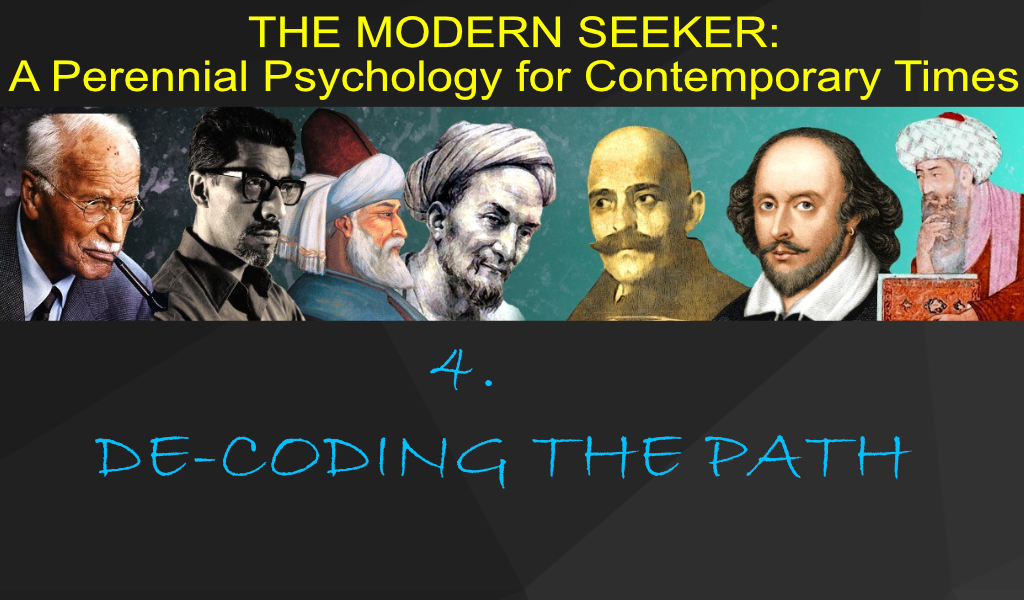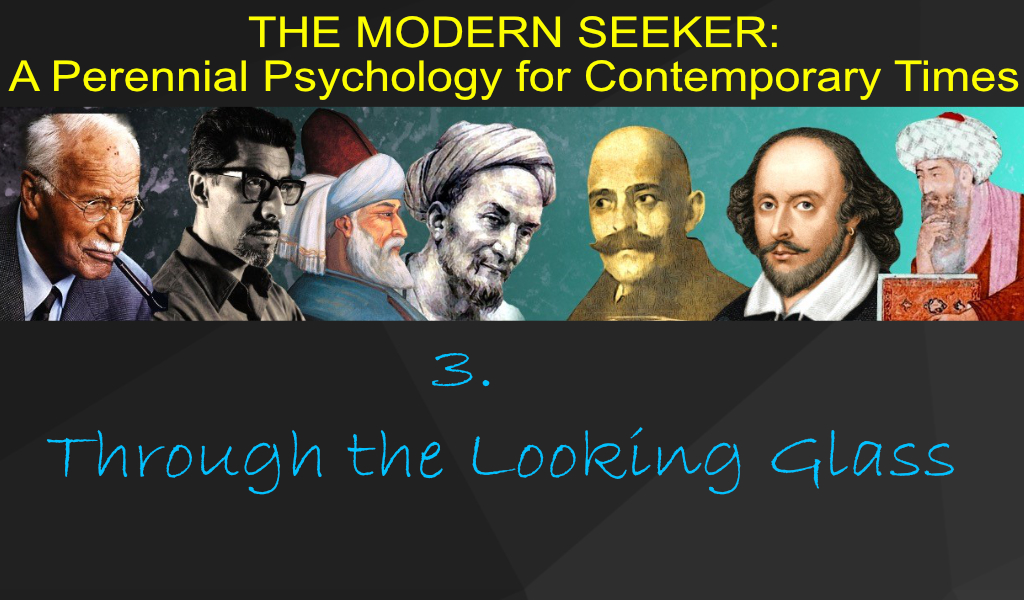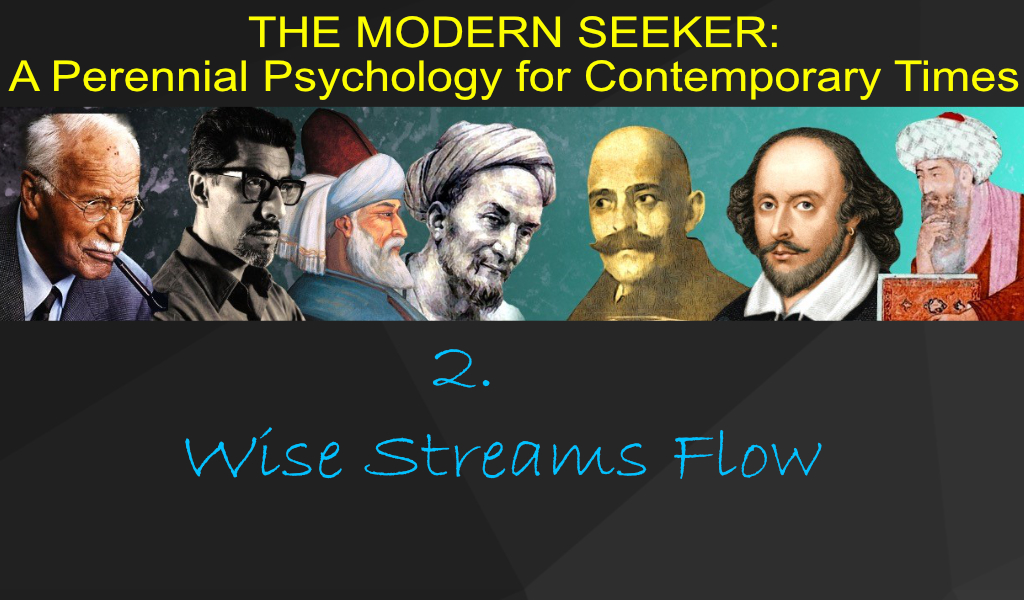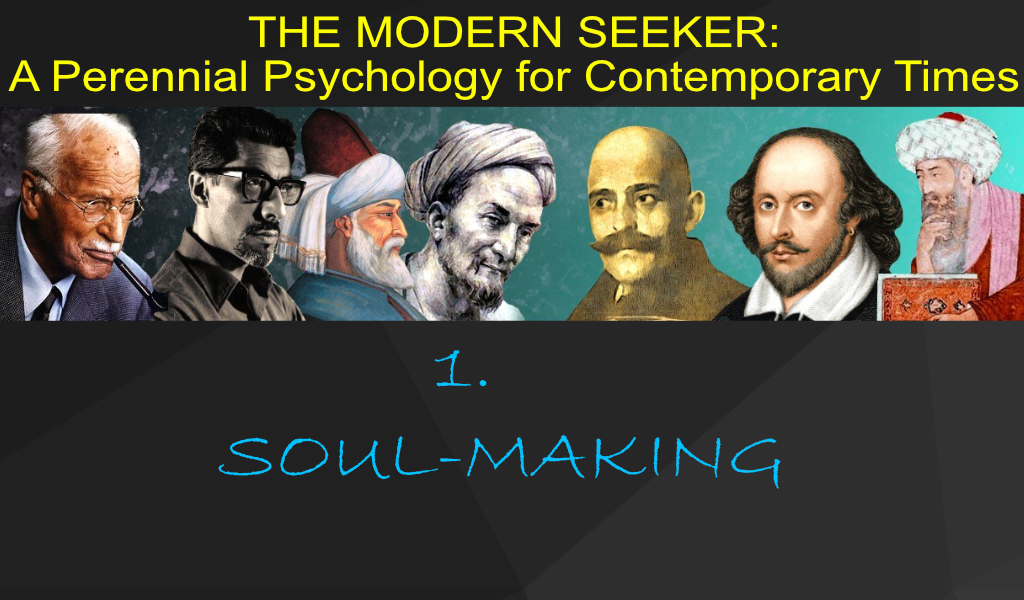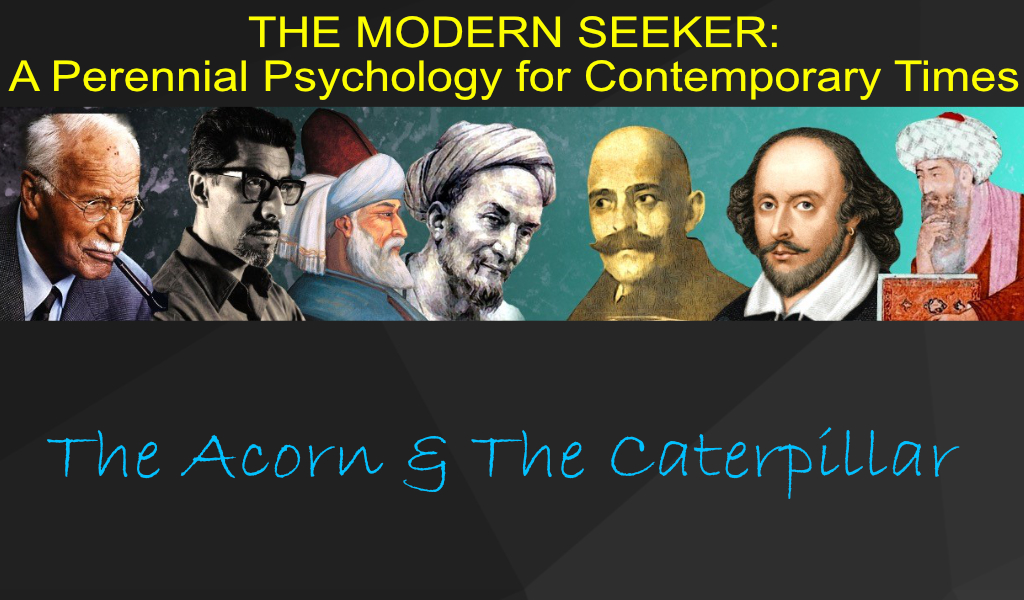‘Your medicine is in you, and you do not observe it.
Your ailment is from yourself, and you do not register it.’
Hazrat Ali
‘Make mankind your dwelling place.’
Hariri
The purpose of any perennial psychology activity is to further the objective of its work alongside human development. People who are essentially interested in themselves over and above the ongoing Work will not progress beyond the early stages. Work that initially begins on oneself will inevitably, if it is in alignment, come to represent work for others and for the Path. This is the threefold nature of the perennial psychology. It is work for oneself, for others, and for the larger context of the Path. In this way, it is said that the perennial psychology has an evolutionary function.
It is necessary that a person approaching such a path of knowledge possesses a minimum of awareness about themselves. Self-observation is a least requirement, not an achievement. That is why a path of knowledge is both an inner science as well as a psychological body of teaching. A particular feature of the modern world today is that psychological knowledge and understanding is known and widespread. This knowledge base provides a language for technical terms which were previously transmitted through ‘folk wisdom.’ Concepts such as obsession, belief systems, conditioning, delusion, false self, etc., were historically maintained through common traditions such as tales, stories, legends, and jokes. For example, many people can recognize an Aesop fable – such as the race between the hare and the tortoise – yet few people understand how these tales operate through a specific function.
Similarly, today we have current knowledge upon how the left and right brain hemispheres function. A modern psychological and neurological language exists to explain how the left/right hemispheres process information and knowledge. Previously, this was not common understanding; yet certain tales and jokes were utilized to trigger and strengthen the hemispheric brain functioning. It was not talked about, yet the underlying knowledge was applied by those who knew. This is but one brief example of how the perennial psychology has been operating through human cultures.
The modes, practices, and processes of mystical (esoteric) activities are now beginning to be more understood. This includes techniques for training intuition – such as the practices of meditation, body postures and movements, martial arts, mantras, visualization exercises, deep prayer, and so on. They all share a common physiological basis – they act to stimulate the right hemisphere of the human brain. A correct and functioning correspondence between these two hemispheres constitutes an ‘organ of perception’ that is present in everyone yet under-developed in most people. Certain practices and exercises, for example, can trigger specific states of consciousness that then affect biological structures. In general terms, a human mind that functions more through left/right hemispheric integration can process a heightened form of perception. It is for this reason that many ancient teachings include stories, tales, allegories, that serve to stimulate, and activate, left/right brain functioning, from which a more integral consciousness (i.e., advanced cognition) can emerge.
The normal, ‘everyday’ perception that people process depicts a linear, horizontal relationship with the external world. This has served to cut off humanity from a more participatory and expansive relationship with the cosmic environment. The perennial psychology operates within a reality of more profound depth and scale. The perennial path is both a cultural phenomenon as well as a distinct psychological science.
Psychological activity as it is generally applied is for the crude conditioned ‘secondary self’ and not for the essential self. This applied psychology operates within the social domain, often with issues relating to the false personality. Contact with a genuine source of perennial psychology aims first to stabilize this secondary self and to integrate it into society. It is important at this stage not to confuse emotional responses with ‘higher experiences’ which can often be the case. This phenomenon has been central to the rise of cults over the years. An unbalanced response to what people believe to be their own ‘higher experiences’ has also fuelled the therapeutic industry in recent years. It is important that a person deals with therapy issues, or the need for cult participation, before approaching a genuine source of teaching. Any true body of knowledge operates through a highly developed science of human psychology. No matter what we may think, we can neither fool ‘it’ nor our own true selves.
The emphasis that the perennial path has on inner development makes it compatible with modern forms of psychotherapy. According to leading psychologist Robert E. Ornstein, in his textbook, The Psychology of Consciousness:
‘A new synthesis is in process within modern psychology. This synthesis combines the concerns of the esoteric traditions with the research methods and technology of modern science. In complement to this process, and feeding it, a truly contemporary approach to the problems of consciousness is arising from the esoteric traditions themselves.’ 1
Both the perennial path and modern psychology deal with similar issues, including the fundamental human need for meaning. Many modern socio-cultural institutions are no longer able to account or provide for meaning. This lack of meaning in modern life can both stimulate a person to seek out a path of inner development, as well as triggering states of despair or ennui.
A feeling of hopelessness and despair can result from a distortion of reality. In the extreme, these states can transform into unhealthy fantasies and delusions. The same is true for society as it is for the individual. That is, an entire culture – even an entire civilization – can be at the mercy of its own distorted view of reality and its associated delusions. The perennial psychology claims that humankind is psychologically ‘ill’ because people are generally unable to perceive who they really are and what their situation is. That is why, in technical terms, they are referred to as being ‘blind’ or ‘asleep’ because their higher capacity remains dormant and underdeveloped. Life for the average person is about manifesting lesser capacities; such as greed, desire, need for attention and emotional stimulation.
In perennial mystical traditions the development of the necessary perception is often called ‘awakening,’ and the perception itself is called ‘knowledge.’ The science of awakening is the aim of perennial psychology and, it is said, it has been with humankind for thousands of years, in one form or another. The perennial psychology has never been wholly absent from human life, although it has not always been so readily available. It is a path that must be sought. It does not seek the seeker. Nor can it be so easily offered to each person alike.
The knowledge is taught according to the needs of each particular culture in which it operates. The form of its presentation/transmission is what can be called a ‘cultural carrier’ – not to be confused with the content. The Persian sage Rumi famously said – Do not look at my outward shape, but take what is in my hand. As one recent teacher put it – we do not study the life of animals by the dead skin they have left behind, so why do it for the study of a living knowledge? In our normal mode of thinking we do not recognize that the human range of perception is so limited. Or that the regular level of experience excludes a significant dimension of reality. For this reason, the perennial path teaches that the purpose of human life lies beyond the perceptual range of the ordinary person. To widen that range is the aim of a genuine teaching. Hence, one of the first steps is to recognize, and accept, that ideas and views about the world are only descriptions of the world. It is necessary that latent faculties of perception are stimulated. Here is a revealing anecdote:
‘I was once in a certain country where the local people had never heard the sounds emitted from a radio receiver. A transistorized set was being brought to me; and while waiting for it to arrive I tried to describe it to them. The general effect was that the description fascinated some and infuriated others. A minority became irrationally hostile about radios. When I finally demonstrated the set, the people could not tell the difference between the voice from the loudspeaker and someone nearby. Finally, like us, they managed to develop the necessary discrimination of ear, such as we have. And, when I questioned them afterwards, all swore that what they had imagined from descriptions of radios, however painstaking, did not correspond with the reality.’2
The perennial psychology views ordinary life as being like a trance state. Within this state of restricted awareness and conditioned behaviour a person functions within a framework of socio-cultural roles, and basic cognition. In technical terms, it is referred to as a lesser reality. This lesser reality is filled with fantasies, illusions, and delusions. Such a life of partial awareness may be referred to as a state of ‘adequate dysfunction.’ It is adequate in that a person can make most ordinary tasks necessary for a regular life whilst in this state. At the same time, however, a person does not suspect that the state is incomplete, and thus partly dysfunctional. The human condition is veiled to the ordinary person. Any unsolicited instances of momentary awakening are generally regarded as anomalies.
Contrary to what people may believe, it is our own individual responsibility to develop the capacity for higher perception. It is similar to a person living a whole life overseas in a foreign environment without bothering to learn any of the local language. In this state, the ordinary person remains ‘asleep’ because of the reliance upon conditioned thought patterns and limited perceptions. Any experience of reality is therefore likewise constricted.
The perennial psychology claims that the development of latent perceptual capacities is not only vital for well-being and happiness, but that it is the principle aim of the current phase of existence. In other words, it is a part of the present evolutionary endeavour. To paraphrase the Persian poet and mystic Jelalludin Rumi: if we do everything else in this life except that ‘one thing,’ then we shall have done nothing.
As stated, psychological knowledge and understanding is known and w idespread in the world today. A perennial path corresponds to aspects of modern psychotherapy as both work towards changing automated patterns of thinking and perception. These issues often underlie many of modern society’s ills. The perennial psychology has worked with these human imbalances for millennia, often unknown to orthodox, mainstream practices.
Perennial traditions have a deep and sophisticated understanding of perception and its relation to cognition and the human psyche. It is not a therapeutic system, although the diminishing or eradication of mental/emotional imbalance are by-products of inner development. Like any good science, the wisdom traditions require special training and knowledge in order to gain credible results. Nothing upon the perennial path is haphazard – except for the human personality!
Modern science tends to largely ignore the fact that correct awareness and perception is fundamental to human life. Self-awareness and balanced self-observation are the basis for conscious inner development. Without a minimal degree of self-awareness, a person is unable to step outside of conditioned thoughts and beliefs. A primary tenet of the perennial path is that reality, as ordinarily perceived by the average person, is a distortion. Also, that much human suffering and emotional anguish comes as a result of believing in and supporting this distorted view. Perennial wisdom traditions have existed in order to provide means for the human being to perceive the meaning of life and the larger purpose of existence. True meaning is fundamentally a question of perception. According to the perennial tradition, the knowledge that comes from heightened perception allows a person to know the meaning of human life, both in terms of the micro (the events of a person’s life) and the macro (the destiny of the human race). In short, the development of the higher, perceptual capacity that is inherent in human beings is vital to their happiness. This fact is seldom recognized.
The recent phase in human civilization, in the west particularly, has developed cultures that are psychologically orientated. Because of this, genuine manifestations of the perennial traditions that are operative in the western hemisphere use the form and appearance of psychological teachings. Genuine wisdom traditions have always sought to develop conscious awareness and perceptual capacities within the human individual. It is only that they often formed part of the religious and spiritual streams within human civilization and hence made use of their appropriate vocabulary and technical terminology. However, the principal aim is for the individual to gain the capacity to perceive the reality that underlies the phenomenal world of ordinary experience.
To reiterate, these modern forms of the perennial wisdom path use the terminology that most people are ‘asleep.’ This refers to a person’s everyday consciousness being occupied – or programmed – by automated thought patterns, beliefs, and ideas. These are constructs that, layer upon layer, come to create a human personality. Each personality is conditioned according to the social and cultural norms, customs, and regulations of the immediate environment (including the governing authority). These cultural programs help in cultivating regional and national identities that are then socially manageable in order to maintain, and stabilize, large human communities (such as nation states). Throughout a person’s life they are impacted, and thus influenced, by a large range of social-cultural conditioning that follows them until physical death. These external impacts (programming) block the mind to receiving finer degrees of perception. That is, they serve to occupy the mind as a form of ‘mental hijack.’ It is the function of the perennial teaching to ‘unblock’ these impacts and obstacles in order to free the mind toward higher development and cognition. Only then is a person able to perceive the true significance of human life in both the micro and macro levels. A generalized, and basic form, of this perception in people is what is referred to as intuition.
Intuition is the faculty of knowing without the use of rational processes. It is sometimes called indirect knowing, or direct cognition. This form of knowing – a direct knowledge of Reality – is what the perennial teaching aims to cultivate. The faculties of reason, on the other hand, are the lower, human-centric processes.
The perennial path constitutes an integral system that requires the correct cultural context in which to operate. As previously stated, this constitutes appropriate timing, a suitable culture, and the right people. Together these elements constitute a functional, integral system that operates as a whole. To break them into their parts would be to destroy the functionality of the whole. This is similar to the boy who dismembered the fly and then wondered where the fly had gone to.
The perennial tradition also takes into account whether a particular culture is ready or prepared for a particular transmission. It may be that a culture is ripe for a transmission (seeding) and the activation (harvesting) will come at a later time or several generations in the future. Since the perennial psychology is a developmental science, and not a dogma or a rigid technique, it must respond to and operate within the broader social and cultural environment. It does not exist in isolation. As the opening quote to this essay indicates – ‘Make mankind your dwelling place.’ (Hariri).
Over the years people, including various ‘seekers-of-truth,’ have complained that wisdom paths are either hard to find or are deliberately ambiguous, or evasive. It is worth noting that it is the commercial, and often superficial, schools that are easy to find and easily accessible. The genuine perennial wisdom traditions do not go after students. They neither missionize nor advertise. In many cases, they are not publicly known, and some may indeed not be operating as teaching paths. What most systems fail to account for is that the perennial path is only for those who already lead balanced and stable social lives. To repeat, the wisdom path is not a therapy. Those who are able to obtain satisfaction from daily life and worldly affairs are not looking for compensation from a developmental path. That is, such people can satisfy their need for attention from ordinary life. Once this ‘attention energy’ has been satisfied, a person is more suitable to approach a path of learning. The perennial psychology does not exist for the entertainment of individuals – that can be left to the colourful gurus of the world to satisfy. Their presence serves a useful function in that it filters out those people seeking ‘easy enlightenment’ from those with capacity to see beyond.
The need to be balanced and socially stable is often underestimated, or in its extreme it is ignored altogether. It is worth noting that greed makes a person believe things they would not normally believe. The same applies for greed in ‘spiritual’ matters. A change in a person’s state of consciousness can be misinterpreted, misleading, or even dangerous, if a person is not suitably prepared. The most basic of results for an unprepared person are that it may increase their egocentricity and sense of superiority. In other cases, it may result in paranoia. Self-delusion, fantasies of grandeur, and magical thinking are also features that manifest within the unprepared person. History is littered with such cases, even when such traits are lauded by the society in which they operate.
The would-be student must take care not to waste energies on pursuing the exotic, the delightful, the easily accessible, and the most glamorous promotions. A glossy webpage is least likely to lead to a permanent state of heightened perception. A genuine perennial teaching will not appear dressed in the garb of a foreign culture. It will exist on your doorstep – and in a form least expected. It will appear normal. It may even appear ‘boring.’ The perennial wisdom traditions operate through the cultural channels open to them in accordance with their location and social norms. At the present time, this is likely to include western psychological understanding. It is within this context that any potential student is afforded the means to ready themselves.
References
1 Ornstein, R. E. 1972. The Psychology of Consciousness. San Francisco: W. H. Freeman & Co., p. 244
2 Shah, Idries. 1995. The Magic Monastery. London: The Octagon Press, p116

